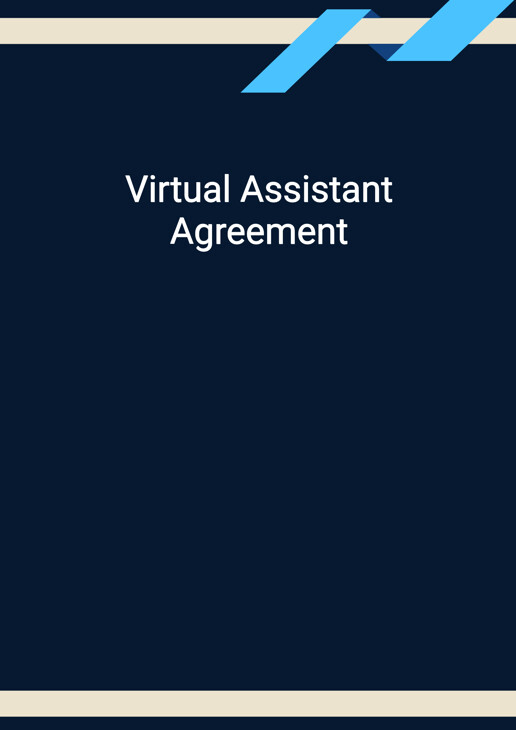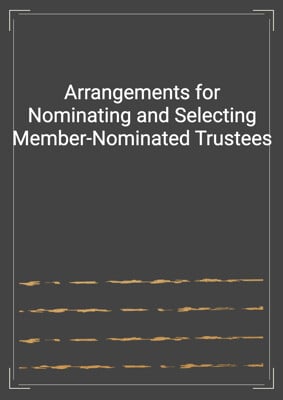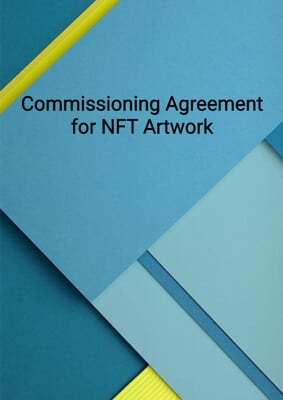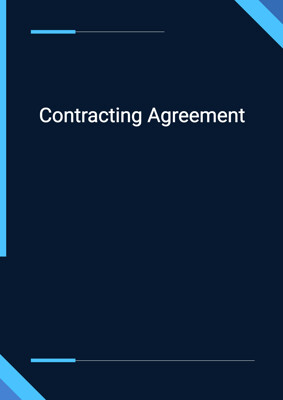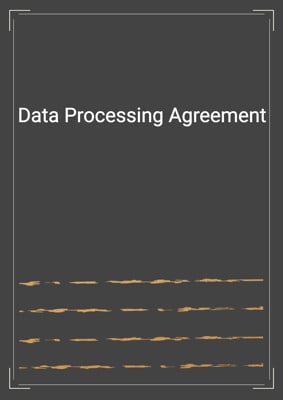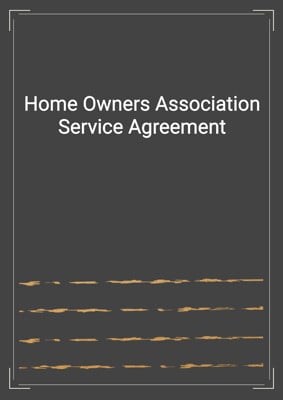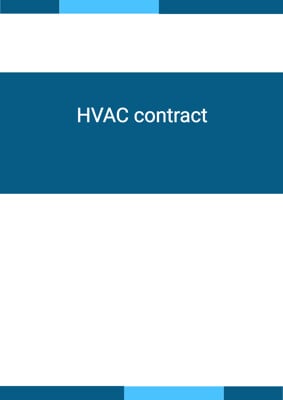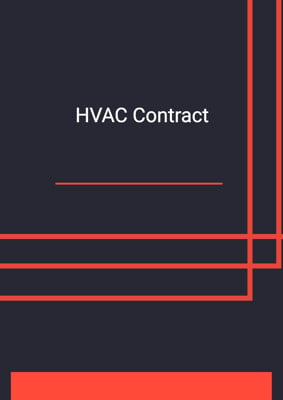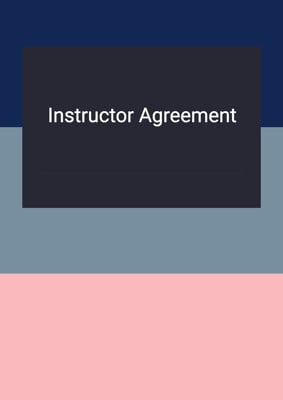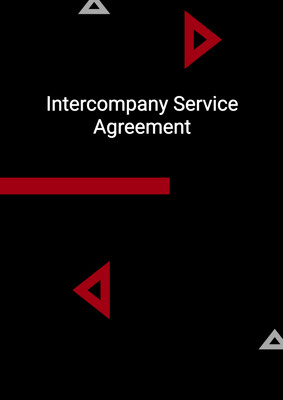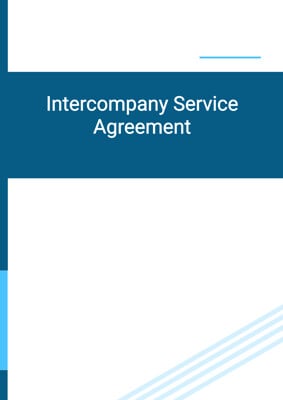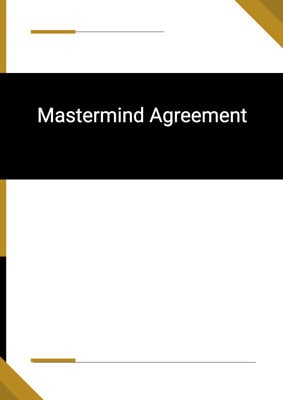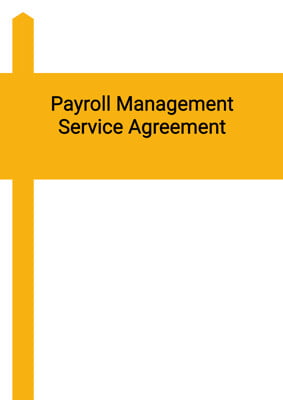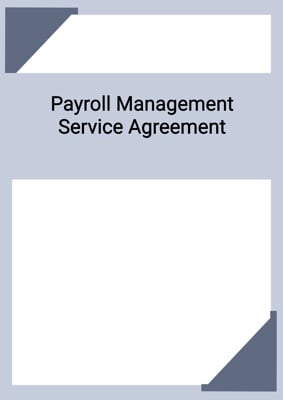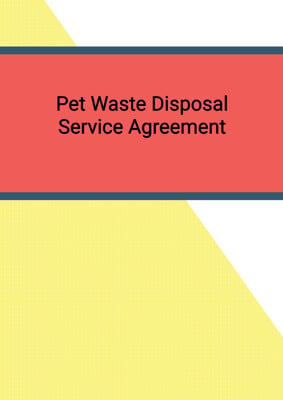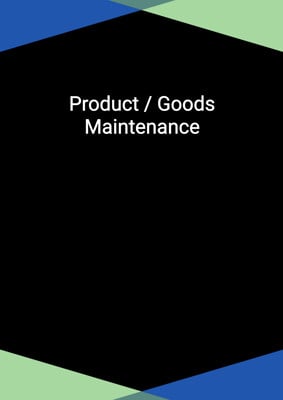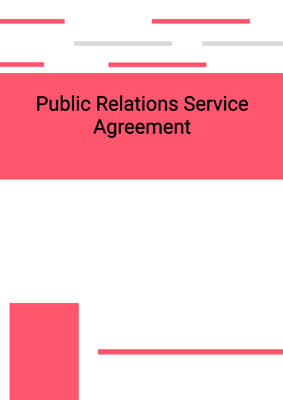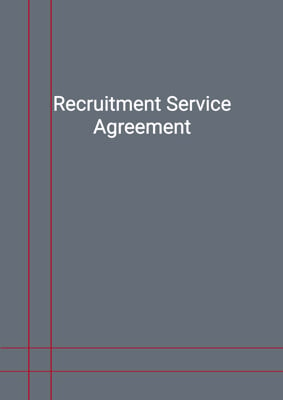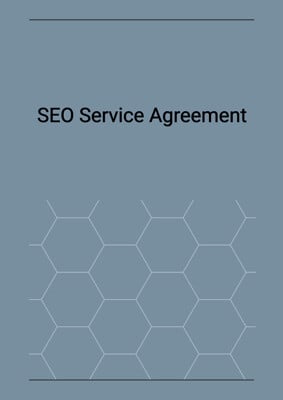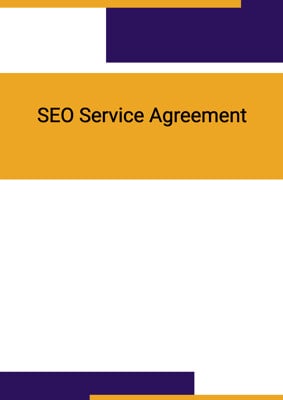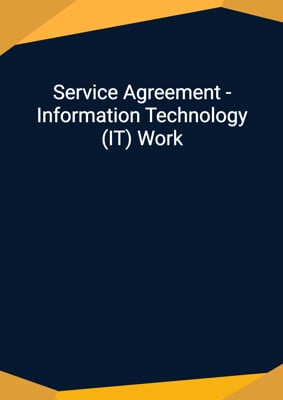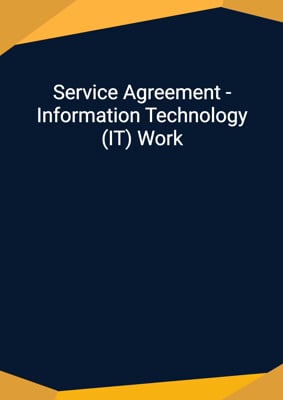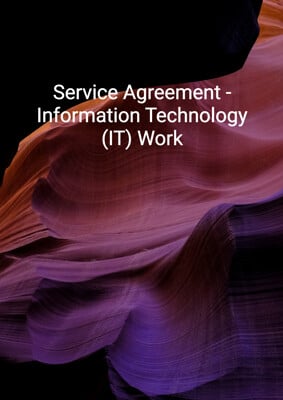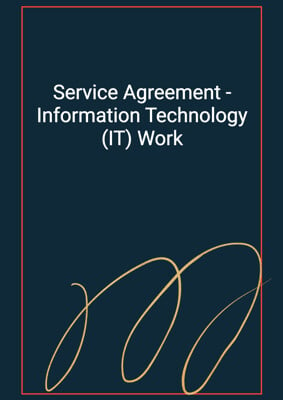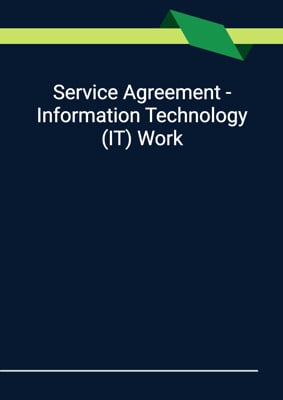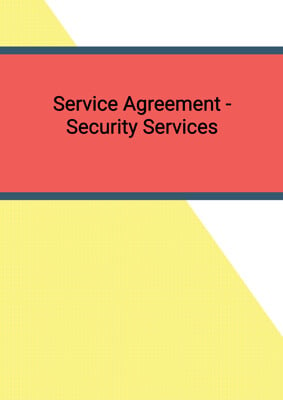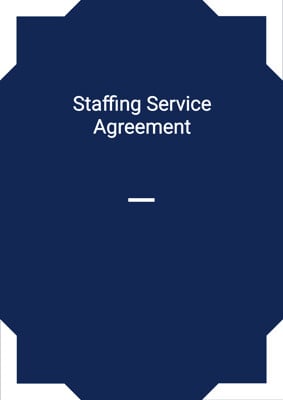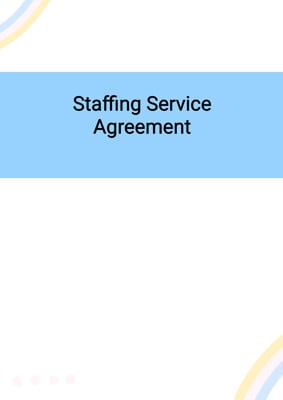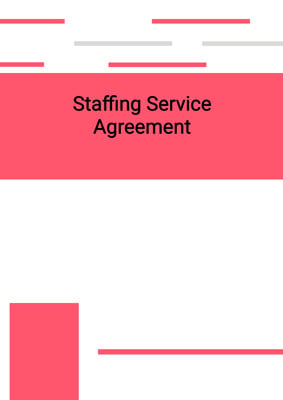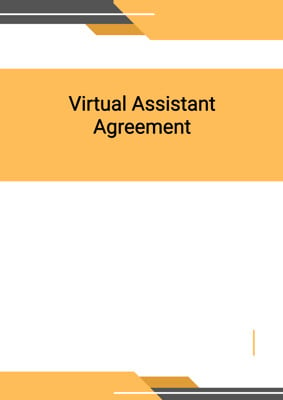How to Tailor the Document for Your Need?
01
Create Document
Fill in the details of the parties. You can click the "Fill with Member’s Information" button to complete it with information saved to your account.
02
Fill Information
Please fill in any additional information by following the step-by-step guide on the left hand side of the preview document and click the "Next" button.
03
Get Document
When you are done, click the "Get Document" button and you can download the document in Word or PDF format.
04
Review Document
Please get all parties to review the document carefully and make any final modifications to ensure that the details are correct before signing the document.
Document Preview
Document Description
The Virtual Assistant Agreement is a legally binding document that outlines the terms and conditions between the Assistant and the Customer. This agreement is important as it establishes the rights and responsibilities of both parties and ensures that the job will be carried out in accordance with the agreed terms.
The entire document is divided into several sections, each addressing specific aspects of the agreement. The interpretation section defines key terms used throughout the document, such as 'agreement', 'job', and 'agreement price'. This section ensures that both parties have a clear understanding of the terminology used in the agreement.
The Assistant's obligations section outlines the responsibilities of the Assistant. It states that the Assistant must carry out the job with due care and diligence, comply with instructions from the Customer, and adhere to applicable laws and regulations. The section also specifies the Assistant's availability during normal business hours and the requirement to notify the Customer in case of any interruptions in performing the job.
The completion of work section emphasizes the importance of timely completion of the job. It states that time is of the essence and that both parties should make every effort to meet the agreed completion date. If the job is not completed by the completion date, the Customer may be entitled to liquidated damages as specified in the agreement.
The warranties from Assistant section highlights the Assistant's responsibility to provide high-quality work. It states that the Assistant must promptly address any quality issues and warrants that the job will be performed in accordance with industry standards and applicable laws. The section also includes a warranty regarding the non-infringement of third-party rights.
The assignment section prohibits the Assistant from assigning the agreement or subcontracting the performance without the Customer's written consent. This ensures that the Customer has control over who performs the job.
The conflict of interest and non-solicitation section prevents the Assistant from entering into agreements or obligations that would impede the execution of this agreement. It also prohibits the Assistant from soliciting the Customer's clients for a specified period after the termination of the agreement.
The no modification unless in writing section ensures that any modifications to the agreement must be made in writing and agreed upon by both parties. This prevents any misunderstandings or disputes regarding changes to the agreement.
The payment section specifies the payment terms and schedule. It states that the Customer shall pay the agreement price to the Assistant in accordance with the agreed schedule. Late payment may incur a late charge, and the Assistant may incur certain expenses that are not included in the fee for performing the job.
The independent contractor section clarifies the relationship between the parties. It states that the Assistant is an independent contractor and not an employee of the Customer. This section also specifies that the Assistant has no authority to enter into contracts or obligations on behalf of the Customer.
The assistant responsibility for personnel section clarifies that any personnel used by the Assistant are deemed employees or subcontractors of the Assistant and not the Customer. The Assistant assumes full responsibility for their actions and compensation.
The rights in work product section addresses the ownership of the work product. It states that the work product, including software programs, documentation, and inventions, will be jointly owned by the Assistant and the Customer.
The confidentiality section protects the confidential information shared between the parties. It states that any confidential information provided by the Customer shall be held in confidence by the Assistant and used only for the purposes of performing the services.
The term and termination section specifies the duration of the agreement and the circumstances under which either party can terminate the agreement. It also outlines the obligations of the parties upon termination.
The dispute resolution section encourages the parties to resolve any disputes amicably and in good faith. It does not specify a specific dispute resolution mechanism but encourages the use of reasonable endeavors.
The notices and service section specifies the methods of serving notices between the parties. It states that notices can be served by hand, email, or post, and provides guidelines for determining the effective date of service.
The severability section addresses the enforceability of the agreement. It states that if any provision of the agreement is deemed illegal, void, or unenforceable, the parties will negotiate in good faith to agree on a valid substitute provision.
The counterparts section allows the agreement to be executed in multiple counterparts, with each counterpart considered an original document.
Overall, this Virtual Assistant Agreement is a comprehensive document that covers all aspects of the relationship between the Assistant and the Customer. It ensures that both parties have a clear understanding of their rights and responsibilities and provides a framework for the successful completion of the job.
How to use this document?
1. Review the entire Virtual Assistant Agreement to understand the terms and conditions.
2. Familiarize yourself with the interpretation section to understand the key definitions used in the agreement.
3. Read the Assistant's obligations section to understand the responsibilities of the Assistant, including the requirement to carry out the job with due care and diligence.
4. Take note of the completion of work section, which emphasizes the importance of timely completion and the consequences of non-completion.
5. Pay attention to the warranties from Assistant section, which outlines the Assistant's responsibility to provide high-quality work and ensure non-infringement of third-party rights.
6. Understand the restrictions outlined in the assignment section, which prohibit the Assistant from assigning or subcontracting the performance of the job without the Customer's consent.
7. Review the conflict of interest and non-solicitation section to understand the limitations on the Assistant's involvement with competitors and the solicitation of the Customer's clients.
8. Note that any modifications to the agreement must be made in writing and agreed upon by both parties, as stated in the no modification unless in writing section.
9. Familiarize yourself with the payment terms and schedule outlined in the payment section.
10. Understand the independent contractor relationship described in the independent contractor section, which clarifies that the Assistant is not an employee of the Customer.
11. Take note of the Assistant's responsibility for personnel, which states that the Assistant assumes full responsibility for the actions and compensation of any personnel used.
12. Understand the ownership rights of the work product as outlined in the rights in work product section.
13. Maintain confidentiality of any confidential information shared by the Customer, as stated in the confidentiality section.
14. Be aware of the duration of the agreement and the circumstances under which either party can terminate, as outlined in the term and termination section.
15. If any disputes arise, make reasonable efforts to resolve them amicably and in good faith, as encouraged in the dispute resolution section.
16. Follow the guidelines for serving notices between the parties as specified in the notices and service section.
17. If any provision of the agreement is deemed illegal, void, or unenforceable, negotiate in good faith to agree on a valid substitute provision, as stated in the severability section.
18. Keep in mind that the agreement may be executed in multiple counterparts, with each counterpart considered an original document, as stated in the counterparts section.
This guidance provides a brief overview of the key points to consider when using the Virtual Assistant Agreement. It is important to review the agreement in its entirety and seek legal advice if needed to ensure compliance with applicable laws and regulations.
Not the right document?
Don’t worry, we have thousands of documents for you to choose from:
